Case
Home / Case / Experience / Butterfly valve and gate valve in different working conditions how to apply?

Case

According to the role and use of the gate valve and butterfly valve, gate valve flow resistance is small, good sealing performance, because the gate valve plate and the media flow are vertical angle, if the gate valve in the valve plate switch is not in place, the media on the valve plate scouring so that the valve plate trembling, it is straightforward to shine into the seal of the gate valve damage.
The butterfly valve, also known as the flap valve, is a simple structure of the regulating valve, that can be used for low-pressure pipeline media switching control the butterfly valve refers to the closing member (valve flap or butterfly plate) for the disc, rotating around the valve axis to achieve the opening and closing of a kind of valve, the valve can be used to control the flow of various types of fluids, such as air, water, steam, a variety of corrosive mediums, slurries, oils, liquid metals and radioactive media.
Mainly in the pipeline to cut off and throttling effect. Butterfly valve opening and closing parts is a disc-shaped butterfly plate, rotating around its axis in the valve body, to achieve the purpose of opening and closing or regulation. Butterfly driven by the valve stem, if turned 90 °, will be able to complete an opening and closing. Changing the butterfly plate's deflection angle can control the medium's flow.
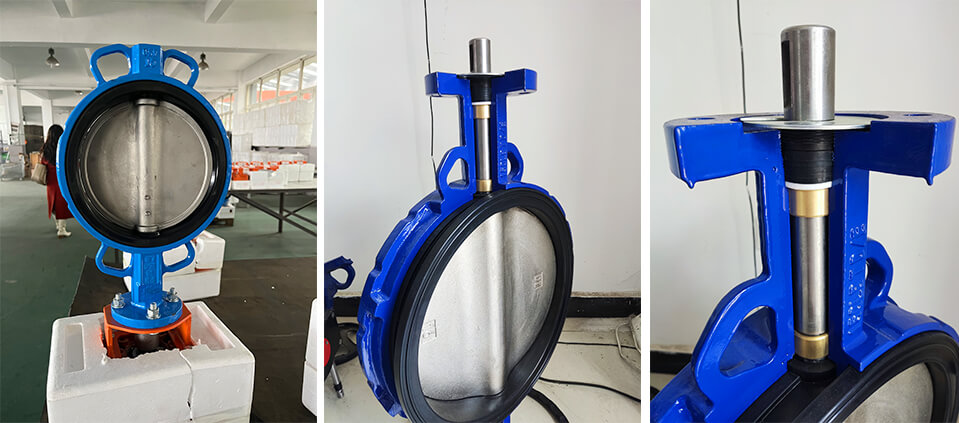
The butterfly valve is suitable for generators, gas, natural gas, liquefied petroleum gas, city gas, hot and cold air, chemical smelting and power generation and environmental protection, building water supply and drainage, and other engineering systems to transport a variety of corrosive, non-corrosive fluid media pipeline, used to regulate and cut off the flow of media.
The gate valve is an opening and closing member gate, with gate movement direction perpendicular to the direction of the fluid, the gate valve can only be fully open and fully closed, and does not apply to the parameters of the gate, usually 5 ° media temperature is not high for 2 ° 52 '. Improve its craftsmanship to make up for the angle of the sealing surface in processing the deviation generated by this gate is called the elastic gate. Gate valve closed sealing surface can only rely on media pressure to seal, that is, only rely on media pressure will gate sealing surface to the other side of the valve seat to ensure that the sealing surface of the sealing surface of seal this is self-sealing. Most of the gate valve is used to force sealing, that is, when the valve is closed, rely on external forces to move the gate to the valve seat to ensure that the sealing surface of the sealing.
Gate valves where the gate moves in a straight line with the valve stem are also called open stem gate valves. Usually, trapezoidal threads on the lifting stem through the nut at the top of the valve and the guide groove on the valve body to change the rotary motion into linear motion, that is, to change the operating torque into the operating thrust.
When the valve is opened the passage of the fluid is completely free when the height of the gate lift is equal to 1:1 times the diameter of the valve, but this position cannot be monitored during operation. The actual use is the apex of the valve stem as a sign, that is, the position of the open position as its fully open position.
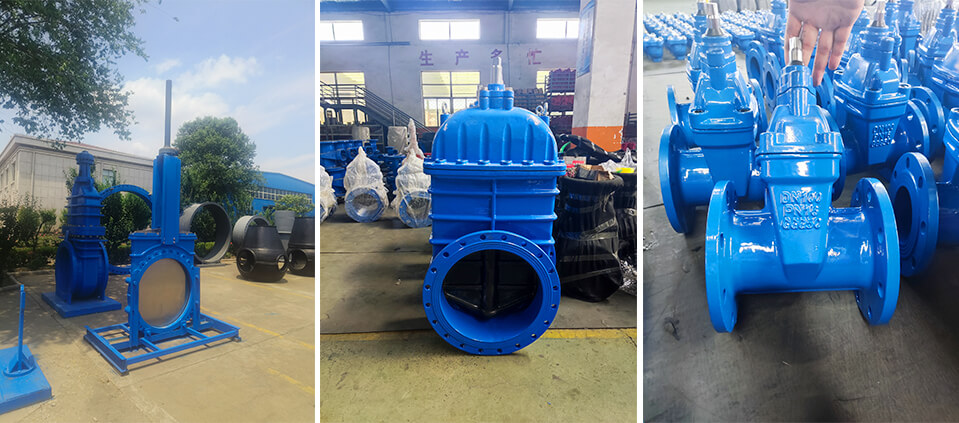
To consider the temperature changes in the lock phenomenon, usually open to the apex position and then back 1/2-1 circle as the valve's fully open position. Therefore, the valve's fully open position according to the position of the gate (i.e., trip〉to determine. Some gate valve stem nut is located in the gate, the handwheel rotates to drive the valve stem rotation and make the gate lift this valve is called a rotating stem gate valve or dark stem gate valve.
Because of the movement of the butterfly valve plate with wiping, most of the butterfly valve can be used for the medium with suspended solid particles, according to the strength of the seal, can also be used for powdery and granular media. Butterfly valve structure length and overall height are small, with fast opening and closing speed, in the fully open with less fluid resistance, when available to about 15 ° to 70 ° between the sensitive flow control, the butterfly valve structure principle is most suitable for the production of large diameter valves.
1. The requirements of throttling, regulating, and controlling the flow;
2. Slurry media and media containing solid particles;
3. The requirements of the valve structure of short length occasions;
4. Requires fast opening and closing speed occasions;
5. The occasion of slight differential pressure.
In the two-position adjustment, shrinkage of the channel, low noise, cavitation, and cavitation phenomenon, a small amount of leakage to the atmosphere, and abrasive media, you can choose butterfly valves.
In the special conditions of throttling adjustment or require strict sealing or wear and tear, low temperature (deep cold), and other conditions of use of butterfly valves, need to use a unique design of metal sealing with regulating device, three eccentric or double eccentric special butterfly valves. The signal butterfly valve is driven by a worm gear transmission device to rotate the shaft and butterfly plate to achieve opening, closing, and flow control. Rotate the handwheel of the worm gear transmission device, so that the butterfly plate achieves the purpose of opening and closing and regulating the flow rate, the handwheel rotates clockwise for the valve to close.
According to the electrical control requirements of the cable core wire to the appropriate terminals, and seal the cable inlet at the same time to fix the cable to prevent damage to the cable wiring when external forces pull. When the valve is in the "fully closed" position, turn clockwise the following off cam or counterclockwise the top of the open cam, butterfly valve in the pipeline clamping attention to whether the connection force is uniform and reliable.
When the butterfly valve is installed and the pipeline strength test pressure is carried out, the valve plate must be in open position.
The butterfly valve should be regularly checked after installation, the main items are as follows:
Whether the butterfly valve seat and O-ring seal is damaged. Sealing performance of the valve plate sealing surface. Butterfly valve maintenance assembly, opening, and closing rotation shall not have the phenomenon of jamming. Butterfly valve maintenance assembly, should be required to carry out sealing performance tests.

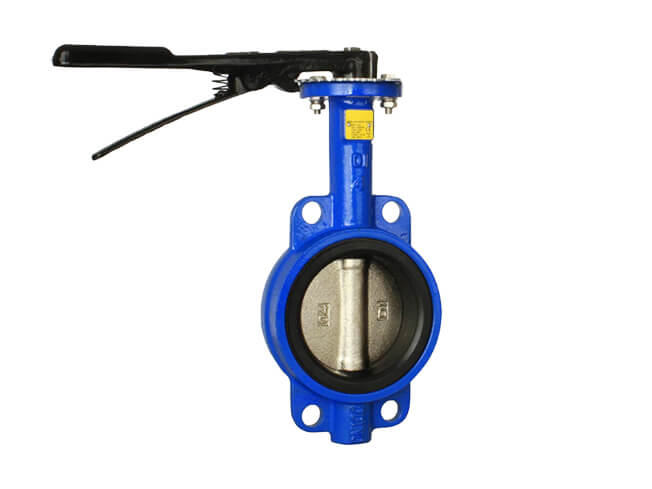
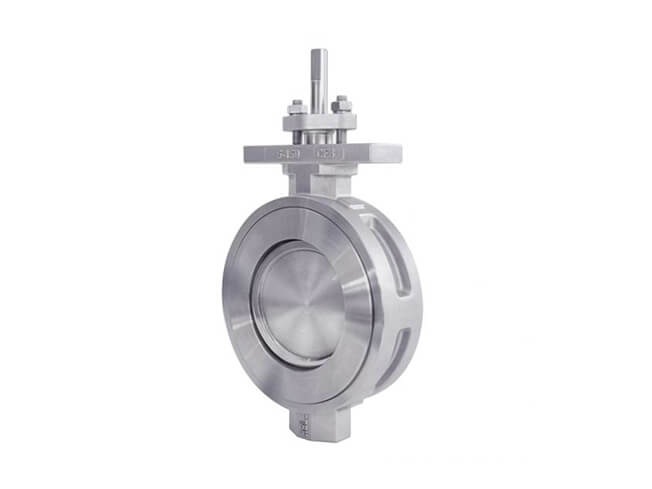
The gate valve is the main component of the oil recovery (gas) wellhead device, several gate valve in use common failures are as follows:
First of all, check whether the gate valve and gate valve coupling bolts are tightened, such as not tightened, the sealing gasket ring, and the flange sealing groove surface is not sufficiently combined, often leading to leakage. The bolts and nuts should be checked in order, and all the bolts should be tightened until the gasket ring is pressed.
Secondly, the gasket ring and flange sealing groove surface size and accuracy should be checked. The gasket ring should be repaired or renewed if the sealing contact surface size is incorrect or too rough. Further check the gasket ring and flange sealing groove contact surface, whether pitting, sand holes, sand holes or impurities, if there are such defects, then toIf there are such defects, they should be welded, repaired, or cleaned up accordingly.
Bonnet leakage of this fault phenomenon mainly manifests in the packing seal leakage. Firstly, check whether the seal is selected correctly, whether with the sealing groove, if there is such a problem, the seal should be replaced or repair the sealing groove. Secondly, check whether the seals have burrs, cracks, twisted and other phenomena in this case, the seal should be replaced. Check again whether the sealing surface of each sealing groove is rough or has other defects. If there are defects, eliminate the defects or renew the damaged parts.
The bonnet or bracket has by compression to seal the packing, should check the installation of these fillers, if the upper and lower filler installation is found upside down, it should be removed, in accordance with the correct method of re-installation, especially pay attention to the filler seals with the surface of the combination. Furthermore, check whether the precision of each contact surface of the seal meets the specified requirements.
Valve body in the casting process, sometimes there will be sand holes, sand holes, and other casting defects in the machining process is difficult to be found, once the pressure is applied to hide the casting defects will be exposed. This situation occurs then it is necessary to patch welding, repair or update.
Valve seat valve plate leakage in the installation or repair of gate valve is the most common phenomenon. Generally can be divided into two categories: one is the sealing surface leakage, the other is the sealing ring root leakage. First of all, you should check the valve seat and valve plate contact sealing surface accuracy, this sealing surface should be at least grinding, such as found that the surface accuracy is too rough, it should be removed to re-grind. Secondly, the sealing surface should be checked to see if defects such as pitting, indentation, trachoma, cracks, etc.;
if this happens, the valve plate or seat should be replaced. For valve seats with pressure springs, the elasticity of the pressure spring should be checked to meet the requirements, and if the elasticity is weakened, the pressure spring should be renewed.
Also check whether the valve plate and stem T-shaped joint is too loose, resulting in the valve plate in the process of pressing the tilt of the situation, in this case, the valve plate should be removed and adjusted to the optimal size. Valve body internal open file, in the installation process is very easy to enter the welding, iron filings, impurities and other foreign objects, should be cleaned up before installation of such debris. If you forget to clean up or clean up is not complete, it will cause the valve plate to close the expected depth and produce leakage, in this case, the valve body should be removed to re-clean.
Installation of the valve seat should be installed with special installation tools, and should check whether the valve seat is installed in place, if the threads screwed less than the expected depth, the valve seat will leakage phenomenon, in this case, the valve seat should be re-installed with special tools.
Main causes:
① Valve stem bending and twisting.
② Surface precision is not enough.
③ Operation too hard to make thread damage.
④ Lack of lubrication or lubricant failure.
⑤ Stem nut tilt.
⑥ With the tolerance is not allowed, bite too tight.
⑦ Open gate valve lack of protection stem threads covered with dust and sand, or by rain, frost and snow corrosion.
⑧ Thread corrosion by the medium (refers to the dark stem gate valve or stem nut in the lower part of the gate valve).
⑨ Improper selection of materials, such as valve stem and stem nut for the same material, easy to bite.
① To strictly control the force of the proportion, not hard twisting (refers to the handwheel and stem directly coupled gate valve).
② Improve the processing quality to meet the specification requirements.
③ Careful operation, do not close the hard, do not open to the upper dead centre, to the stop point should be the handwheel inverted one or two turns, so that the upper side of the threads closed to avoid the medium to promote the upward impact of the valve stem.
④ Check the lubrication condition frequently and keep the normal lubrication condition.
⑤ Set or correct the stem nut.
⑥ Correct or update the stem nut to meet the standard specification.
⑦ Often clean up the stem nut dust sand, to prevent corrosion.
⑧ Open gate valve to add a protective sleeve of the valve stem.
Valve stem nut with copper material is better, do not use the same material with the valve stem.
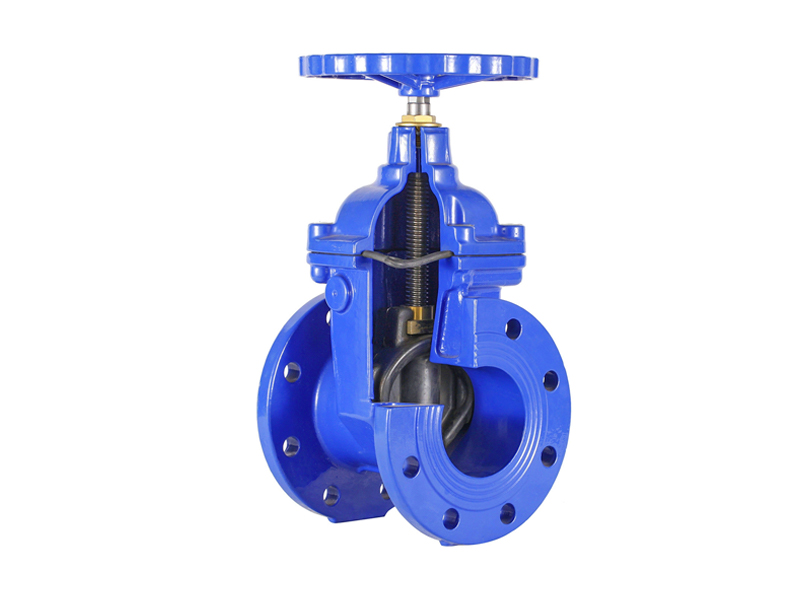
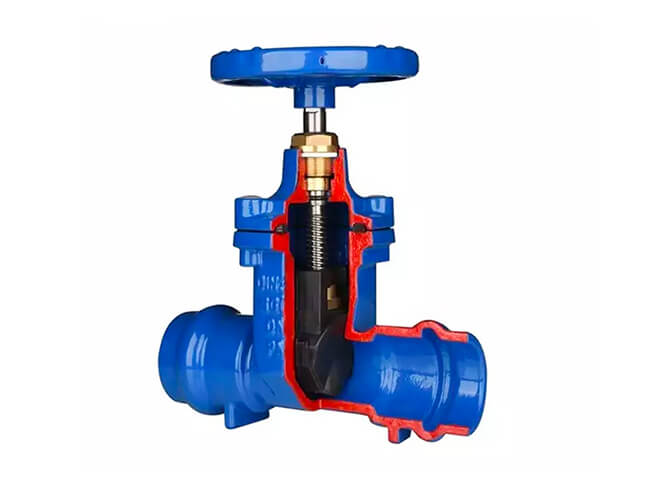
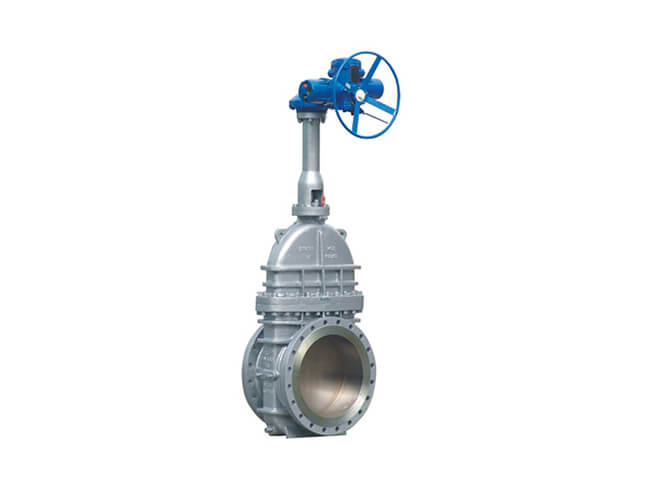
Butterfly valve:
Small size for easy installation, due to the opening stroke is small and easy to achieve automatic control, suitable for a variety of liquids, including slurry, metal, etc., the main valve plate and open the handle is not easy to fail as a whole, but the large diameter, large diameter pipeline is not easy to use, belonging to the low-pressure valves are closed more tightly.
Gate valve:
Compared with the butterfly valve large size, slow opening speed stroke is not easy to achieve automatic control, small scope of use, the main valve plate and open the handle is easy to detach resulting in valve failure, try to install a large diameter, according to the pressure is divided into low, medium and high pressure valve closure strict.